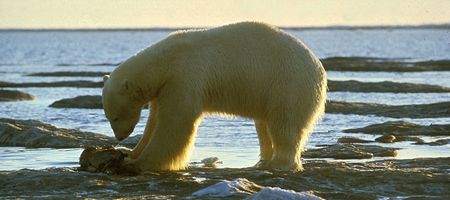Good news, for once: new research indicates that, for polar sea ice at least, there’s no ‘tipping point’ from which recovery is impossible.

According to University of Washington scientists, even if Earth warmed enough to melt all polar sea ice, the ice could recover if the planet cooled again.
The team used a computer-generated global climate model that projects the complete loss of September Arctic sea ice by the middle of this century.
However, the model takes another 230 years of warming to completely lose winter sea ice, during which period carbon dioxide levels increase gradually to a level nearly nine times greater than today.
But the team found that when the model’s carbon dioxide levels were gradually reduced, temperatures slowly came down and the sea ice eventually returned.
“We expected the sea ice to be completely gone in winter at four times the current level of carbon dioxide but we had to raise it by more than eight times,” says Cecilia Bitz, a UW associate professor of atmospheric sciences.
“All that carbon dioxide made a very, very warm planet. It was about six degrees Celsius (11 degrees Fahrenheit) warmer than it is now, which caused the Arctic to be completely free of sea ice in winter.”
Getting the sea ice back took a decrease in CO2 levels of about one percent a year. But achieving this, points out Bitz, would require more than just placing limits on the burning of fossil fuels. The carbon dioxide would have to be drawn out of the atmosphere, either naturally or mechanically.
“It is really hard to turn carbon dioxide down in reality like we did in the model. It’s just an exercise, but it’s a useful one to explore the physics of the system,” she says.
“The sea ice cover will continue to shrink so long as the Earth continues to warm. We don’t have to hypothesize dramatic phenomena such as tipping points for this situation to become challenging.”






